Promoted by the Italian Embassy in Skopje, in collaboration with the Ministry of Culture of North Macedonia and the Macedonian Contemporary Art Museum in Skopje, North Macedonia Project: Art as Nature, curated by Bojana Janeva and Davide Silvioli, sees Ghezzi and Massarutto – both authors of artistic researches based on a deep relationship with the natural environment – experiment their respective practices, during two different periods of residence, with the unique characteristics of the Shar Planina National Park, in order to set up an exhibition in the main museum of the Capital city, with the works produced on site. Let’s discover now by their words some features regarding this project and the work they are going to do.
DS: How was North Macedonia Project: art as nature born?
AM: Me and Roberto have been working together for months, we shared common exhibition spaces last summer, and we also share the same atelier; not an easy thing for two artists. Nevertheless, we constantly have found moments of constructive dialogue, without efforts. The idea of this project was born after our first double show, held in the town of Cortona. The Italian Ambassador in North Macedonia, Andrea Silvestri, contacted us after having seen our works showed during this circumstance and told us about this project for the first time.
DS: What is the role and the value of the dialogue with natural environment in your artistic researches?
RG: Our research is based on a dialogue with the natural environment where we work, without which nothing would be possible. My artworks, in particular the Naturografie© (textiles prepared with various reagents capable of “catalysing” the essence of the places where they are installed), come from the landscape and are shaped by it and thanks to it. I believe that the only way to have back an authentic and real vision of the place is to give voice to the place itself, making it the protagonist of the work.
AM: Natural environment and landscape are everything for me! In my work I always start from a meticulous selection of organic material found in forests. I mean branches, troughs, roots but also stones, from which I rediscover new anatomical shapes and from which this kind of new artworks come from. It is the landscape that shows me the artistic path to follow. I prefer to work guided by instinct, creating a dialogue with the surrounding, breathing smells, looking with childlike eyes, touching material I am going to use.
DS: What significant topic is arised in relation to the work you are going to do there, during the first Macedonian residency in April?
AM: Without exaggerations, it was an experience that changed me deeply, from an artistic point of view. Until a few days before, I was still attached to my figurative animals. I had left home with that idea, to make six wolves with plant materials found on site. Then, once there, I had a kind of blockage; something that had never happened to me. After two days, I started again with new languages, trying new shapes. I, practically, “destroyed myself”, rebuilding and rebuilding something completely new and inedited for me. So, I can say that for me it represents a necessary and fundamental experience in my career path.
RG: North Macedonia is a land that can easily be underestimated if compared to other more famous “wild” foreign countries, but it has an incredible charm together with very strong environmental contradictions: there are thousand-year-old forests close to open-air dumps. I felt and feel that my work, which has been creating there since April (I have left my installations “in custody” to a third part), will mirror all this, and will also bring with it the care and engement of some wonderful people who have lived there for generations and love their land and roots immensely.
DS: What natural features of Shar Planina Park you find most interesting for your respective artistic research?
RG: The park has a great variety of environments, that seem not very different from those we can find in our Pre-Alps. Really, in the Park there is a very special fauna and flora: for example, in these mountains live many bears, lynxes, eagles, an endemic species of trout swims in the rivers. On average the trees are larger and the forests more luxuriant than ours. Let’s say that the interest in tackling artistic research in a similar environment is undeniable, also in order to bring to light the differences that are hidden in these lands, which are only apparently similar to ours.
DS: Thinking to your return to North Macedonia, in October, for the second part of the residency program, what are you going to do there in order to define the final double show at the Macedonian Museum of Contemporary Art in Skopje?
AM: During the first phase, Roberto installed his canvases in Shar Planina Park, while I collected some material and began the construction of new sculptural shapes. Looking forward, in October, we will perform the last phase, in which Roberto’s canvases and my finished artworks will have necessarily to find a dialogue with the wonderful spaces of the Skopje Museum of Contemporary Art. It will be a double show that will last almost a month. It will certainly be an interesting challenge!
DS: Considering the interdisciplinary nature of the whole project, which is mirrored in your work, have you planned to involve also professionals and contributions coming from outside the artistic world?
RG: A kind of artistic research as ours, which establishes a very close contact with the natural world, feeds itself throught fruitful contaminations with research sectors from the world of science and, in particular in this case, from the environmental protection. The whole Shar Planina Park administration was actively involved in the project, which kindly offered not only availability and material aid, but also sent a crew for making video, interviews and photos. The Tetovo Academy of Fine Arts was also involved, with whom we have already held a meeting in which we presented our work. But sincerily, the greatest collaboration was with the people living in Vratnica, who enthusiastically and freely offered their active contribution in the project, as guides and guardians of the works. I would like to mention Dragisa, Maya, Dusko and Jovan above all. I believe this is the essence of an artistic residency, as this one.
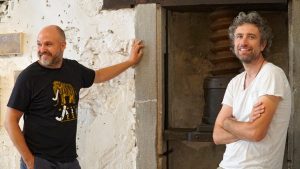 Antonio Massarutto and Roberto Ghezzi, courtesy the artists
Antonio Massarutto and Roberto Ghezzi, courtesy the artists
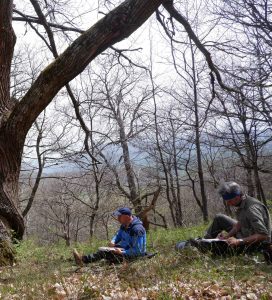 The artists at work during the April residency in Macedonian National Park Shar Planina, courtesy the artists
The artists at work during the April residency in Macedonian National Park Shar Planina, courtesy the artists
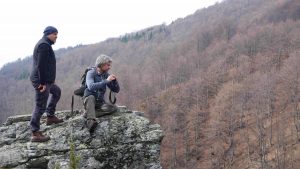 The artists at work during the April residency in Macedonian National Park Shar Planina, courtesy the artists
The artists at work during the April residency in Macedonian National Park Shar Planina, courtesy the artists
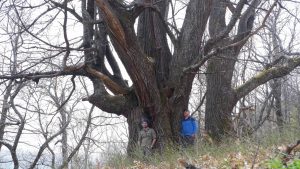 Gli artisti al lavoro durante la residenza di aprile, nel Parco Nazionale Macedone di Shar Planina, courtesy the artists
Gli artisti al lavoro durante la residenza di aprile, nel Parco Nazionale Macedone di Shar Planina, courtesy the artists
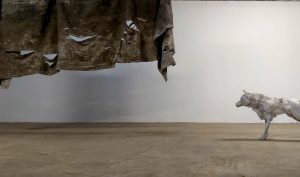 Roberto Ghezzi and Antonio Massarutto, North Macedonia Project: art as nature, studio installation view, courtesy the artists
Roberto Ghezzi and Antonio Massarutto, North Macedonia Project: art as nature, studio installation view, courtesy the artists
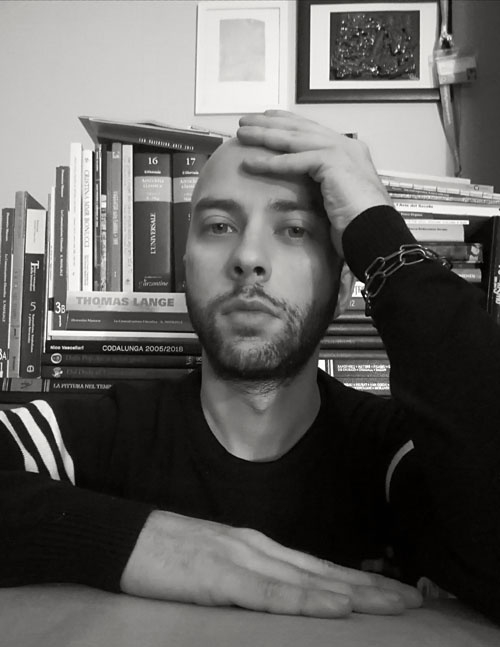
Contemporary art critic and curator, he has curated exhibitions in galleries, independent and institutional spaces. He has lectured in Italy and abroad. His texts and research are published in catalogs, sector magazines, gallery editions and monographs. He is the curator of artist archives, contributor to specialized magazines and press offices. He collaborates with foundations, public museums, publishing houses and universities on research and curatorial projects.






NO COMMENT